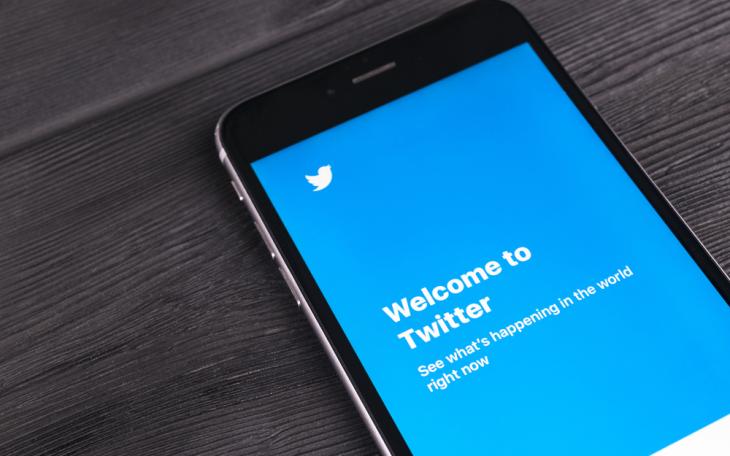How Twitter got serious – the road to calling out the US President

By Ian Silvera, Account Director
To put it euphemistically, Twitter has been on a ‘journey’, as they say on the X-factor. The social media giant is still a teenager – it turned 14 in April – but it has matured into a company that now acknowledges its impact on the political, social and economic discourse and, most importantly, takes action to root out wrongdoing on its highly popular micro-blogging platform (the site recorded 166m daily active users in its Q1 2020 earnings).
The most storied part of Twitter’s recent ‘journey’ has been the past year, with co-founder and CEO Jack Dorsey planning a move to Africa. The relocation would have taken him thousands of miles away from Twitter HQ, which has a current market cap of more than $26bn, and his $35bn financial services company Square. It would have been a surprise if Dorsey, a licensed massage therapist who controversially went to a meditation retreat in Myanmar in 2018 (the same year Twitter recorded its first annual profit), was not a well-known eccentric.
What was unexpected, however, was the intervention of activist hedge fund Elliott Management. The Twitter investor reportedly tried to force two-jobs-Jack out in February. The parties reached a truce in March before it got bloody, with Dorsey staying on as CEO and rethinking the Africa trip, while Elliott executive Jesse Cohn and the co-chief executive of another investor, Silver Lake, joined the company’s board. A succession planning committee was also created in order to mull over who next leads Twitter’s more than 5,000 employees across 35 worldwide offices.
The decision came just weeks after the company unveiled a raft of new measures intended to hamper the spread of misinformation and disinformation across the website. Twitter had previously been criticised for taking an apparent laissez-faire approach to policing the platform and, arguably, dodged the mass amounts of justified and unjustified criticism Facebook faced following the 2016 White House election.
Now it would flag Tweets containing “synthetic and manipulated media”, which would later be expandedto “potentially harmful, misleading information” related to Covid-19. The first “manipulated media” tag appeared on 8 March, with the company warning about a video posted by the White House that featured comments by senior Democrat Joe Biden, now Donald Trump’s main rival for the US Presidency in November.
But the Commander-in-Chief, who has a following of more than 80 million users on the platform, was able to post what he liked on his personal account without being flagged. NewsGuard would later urge Twitter in early May to tackle the “superspreaders” of novel coronavirus misinformation. Dorsey, for his part, committed a quarter of his fortune ($1bn) to fund relief of the virus' devastating impact across the world and told Twitter staffers that they could work from home “forever”.
That all changed yesterday as Twitter added a fact-checking label to two posts about postal voting by Trump. The top Republican, predictably, claimed the platform was “now interfering in the 2020 Presidential Election” and argued that the website had stifled his free speech. Perhaps, Mr President, Twitter has just grown up?








